Supreme Court TikTok Ruling: TikTok Faces Ban in the U.S.
Supreme Court Banning TikTok: Analyzing the Ruling and Its Implications
The U.S. Supreme Court recently upheld a federal law requiring the Chinese-owned app TikTok to be sold by its parent company, ByteDance, or face a nationwide ban. This landmark decision has sparked widespread debate about data security, national sovereignty, and freedom of speech in the digital age.
Background of the TikTok Ban
TikTok, a social media platform boasting over 170 million users in the United States, has faced scrutiny for years over alleged data privacy risks and potential ties to the Chinese government. Concerns about national security intensified with claims that user data could be accessed or manipulated by foreign adversaries.
In April 2024, the Protecting Americans from Foreign Adversary Controlled Applications Act (PAFACA) was signed into law. This legislation mandated that foreign-owned applications deemed threats to national security must divest from their foreign owners or face a U.S. ban. TikTok became a central focus of this legislation due to its immense popularity and Chinese ownership.
The Supreme Court Ruling
On January 17, 2025, the Supreme Court ruled unanimously in favor of enforcing PAFACA, requiring ByteDance to divest from TikTok by January 19, 2025, or face a ban. ByteDance had previously challenged the law, arguing that it infringed on the First Amendment rights of TikTok users by restricting their ability to express themselves on the platform.
However, the Supreme Court found that the potential national security risks outweighed these concerns. The ruling emphasized the government’s authority to act against foreign-owned technologies that could compromise the security and privacy of U.S. citizens.
Implications of the TikTok Ban
For TikTok Users
If ByteDance does not comply with the Supreme Court’s ruling, TikTok will no longer be available for download in the U.S., and updates will cease for existing users. This could render the app increasingly unusable over time. Millions of creators, influencers, and businesses relying on TikTok for engagement and income face uncertainty.
For ByteDance
ByteDance now faces significant pressure to sell TikTok’s U.S. operations. While potential buyers have expressed interest, no deal has been finalized. Failure to divest would result in a ban, effectively cutting off TikTok’s largest market outside China.
For the Tech Industry
This decision sets a precedent for how foreign-owned technologies are treated in the U.S. The Supreme Court ruling could lead to increased scrutiny of other foreign apps and platforms, reshaping the digital landscape.
Latest News on Supreme Court TikTok
As the deadline approaches, ByteDance has been in talks with several potential buyers for TikTok’s U.S. operations, but negotiations remain inconclusive. Meanwhile, President Joe Biden has expressed support for the enforcement of the ban, leaving the responsibility to the incoming administration. President-elect Donald Trump has indicated his willingness to explore alternative solutions, though his stance remains aligned with national security concerns.
Public Reactions Supreme Court TikTok
The Supreme Court’s decision has drawn mixed reactions. Supporters argue that banning TikTok is a necessary step to protect U.S. citizens’ privacy and prevent foreign influence. Critics, however, view the ruling as an infringement on free speech and an overreach by the government in regulating digital platforms.
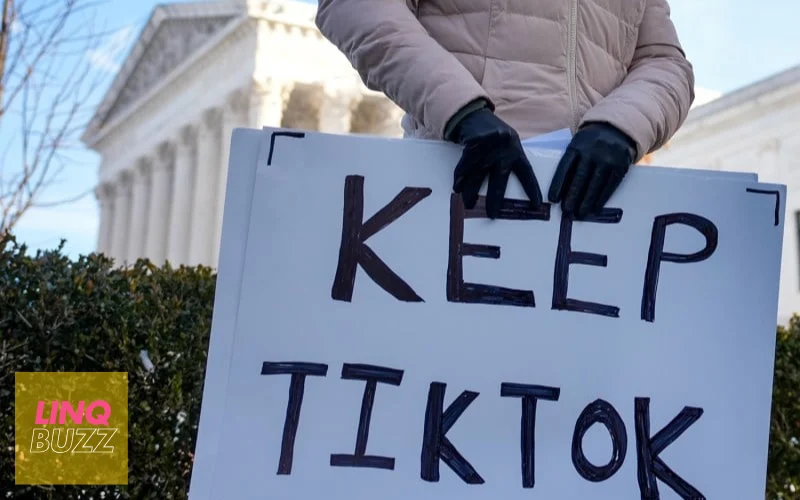
FAQ’s on Supreme court TikTok ban
What Happens If TikTok Is Banned?
If TikTok is banned in the United States, several significant changes will occur:
1. App Removal from Stores
TikTok will no longer be available for download on platforms like the Apple App Store and Google Play Store. This means new users cannot access the app, and existing users cannot reinstall it if deleted.
2. No Updates or Maintenance
Current TikTok users will not receive app updates, which are crucial for security, functionality, and new features. Over time, the app could become buggy and less secure, eventually making it unusable.
3. Impact on Creators and Businesses
Millions of content creators and businesses who rely on TikTok for marketing, brand promotion, and income will face challenges. Many will have to migrate to alternative platforms like Instagram Reels, YouTube Shorts, or emerging apps to sustain their audiences and revenue.
4. Data Access Concerns
The ban would likely address U.S. government concerns over data privacy and potential foreign influence, as TikTok’s parent company, ByteDance, is based in China.
5. User Experience Disruption
For the app’s 170 million U.S. users, the ban will disrupt their ability to engage with TikTok’s unique community and content, causing frustration and loss of a popular entertainment source.
6. Broader Impact on Tech Regulation
The ban would set a precedent for how the U.S. government handles foreign-owned technologies, potentially leading to scrutiny or action against other apps and platforms.
Overall, the TikTok ban would reshape the digital landscape in the U.S., affecting users, businesses, and the broader tech industry.
Will I Still Be Able to Use TikTok After the Ban?
If TikTok is banned in the United States, existing users may still have limited access to the app for some time, but there will be significant restrictions:
1. No New Downloads
The app will be removed from platforms like the Apple App Store and Google Play Store. If you delete the app or switch devices, you won’t be able to reinstall it.
2. No Updates
TikTok will stop receiving updates, which are essential for maintaining app security and functionality. Over time, this can lead to bugs, performance issues, and potential vulnerabilities to cyber threats.
3. Limited Functionality
While the app may still work for existing users immediately after the ban, its features may gradually degrade as updates and support are discontinued.
4. Access via Workarounds
Some users may try to access TikTok using virtual private networks (VPNs) or other methods. However, these workarounds could violate the terms of service and possibly result in legal repercussions.
5. Potential Block of TikTok Servers
If the U.S. government imposes stricter measures, it could block access to TikTok servers entirely, making the app unusable even for existing users.
In summary, while you might be able to use TikTok temporarily after a ban, its usability and security will diminish quickly, making it an unreliable platform in the long term.
Does the US Supreme Court Have an Instagram?
No, the US Supreme Court does not have an official Instagram account. As a federal judicial institution, it operates through traditional communication channels like its official website and public statements. The Supreme Court does not engage on social media platforms like Instagram, Twitter, or Facebook, reflecting its commitment to maintaining neutrality and formality in its public communications. For official updates, you can visit their website at supremecourt.gov.
Conclusion
The Supreme Court’s ruling to ban TikTok, unless ByteDance divests, reflects the growing tension between national security and digital freedom. As the January 19 deadline approaches, the future of TikTok in the United States hangs in the balance. This decision not only impacts millions of users but also sets the stage for broader debates about the role of foreign technology in a globalized world.
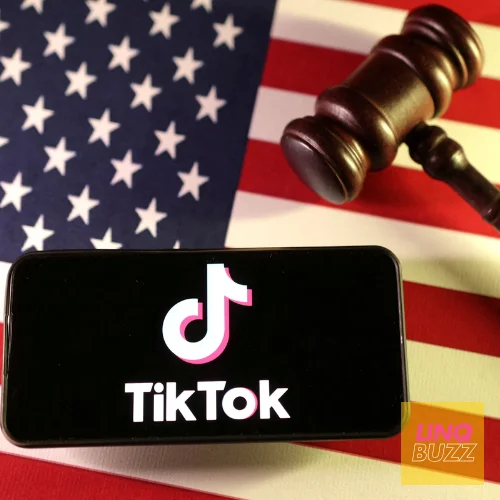





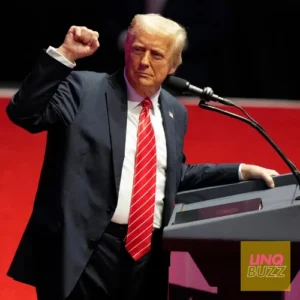


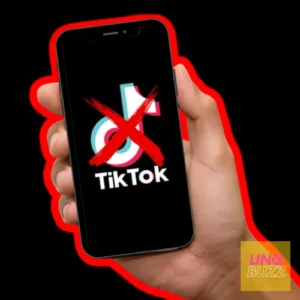
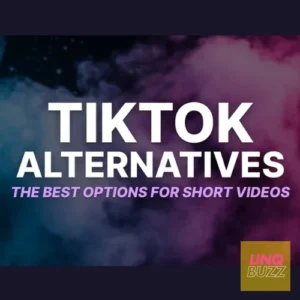


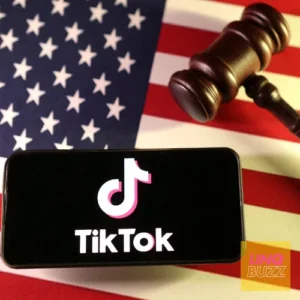
Post Comment